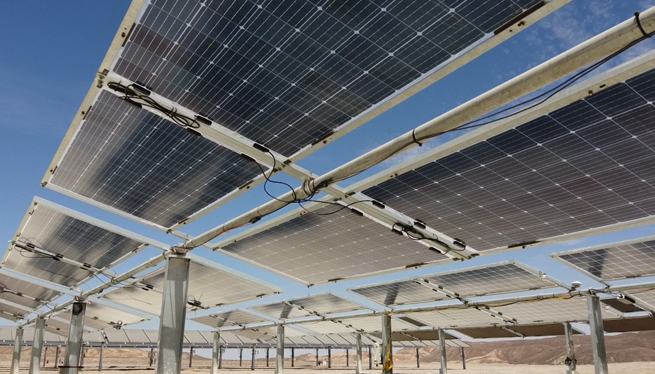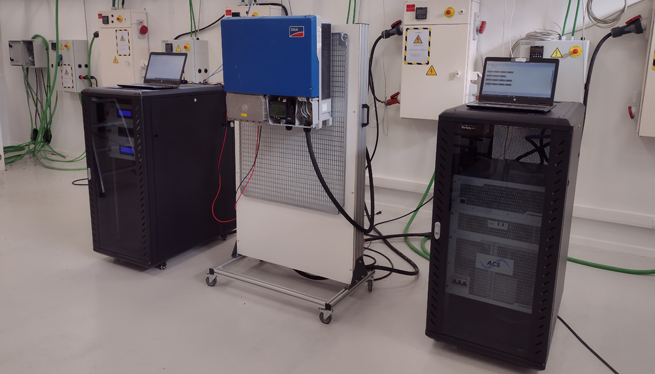ENGIE Laborelec’s PV HealthScan is a gamechanger for assessing and remediating underperformance in large PV installations. In 2021, our scan base has grown to 30 sites, representing more than 700 MWp.
The traditional way of assessing how well a PV installation performs is to calculate a performance ratio (PR) based on the plant’s design parameters, and extrapolating irradiation data and PV yield from a representative time period. However, the method is not fully reliable because environmental parameters such as irradiation, temperature, soiling, and shadowing are highly uncertain, and the design parameters are not always well known. More importantly, it also fails to provide insight into when and where issues occur.

Identifying underperformance at subsystem level
That’s why ENGIE Laborelec is pioneering a new way of addressing the problem using a patented innovative approach. This involves a statistical analysis of power output data from every individual inverter or subsystem over a given period. Assuming all the subsystems in the same plant are subject to identical meteorological conditions, an inverter’s relative output compared to other inverters in the plant is an indicator of its performance.
Our algorithm first normalizes the data, then defines a virtual well-performing subsystem for each timestamp, and offsets each subsystem’s performance against this reference. This results in a heatmap, highlighting underperforming subsystems in orange (> 2% lower output than the reference) or red (> 5% lower output).
Benchmarking PV plants against each other
Based on this analysis, we compile a health score spider chart, which indicates the plant’s relative performance with respect to major and minor events, time between failures, health recovery time, downtimes, and production deviation.
This allows PV fleet owners to quantify production losses, assess plant market value, prioritize maintenance, and provide valuable return of experience when developing new assets. The benchmarking exercise will become an even more powerful tool over time as our database of audited plants grows.
Revealing the causes of underperformance
Interestingly, the heatmaps clearly indicate when and where problems occur, which allows us to carry out further analysis to reveal the causes of underperformance whether shading or soiling losses, tracker faults, DC side faults, issues with the inverter fan, earthing, cabling, or PID.
Laborelec expert Quentin Van Nieuwenhoven confirms: “The HealthScan method is not only more reliable than traditional methods, it also provides an excellent starting point to further investigate and ultimately remediate performance issues.”
Would you like to learn more about this project?



